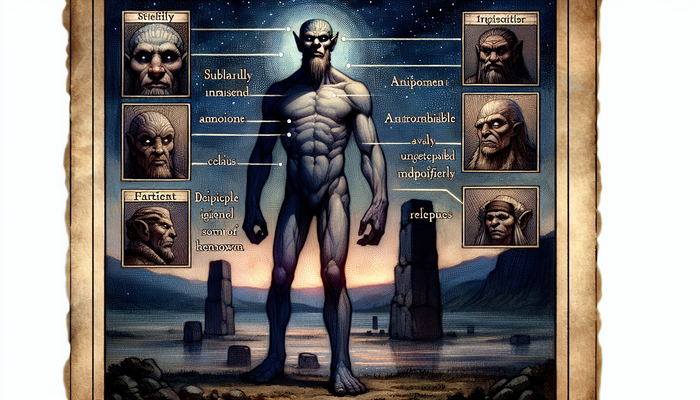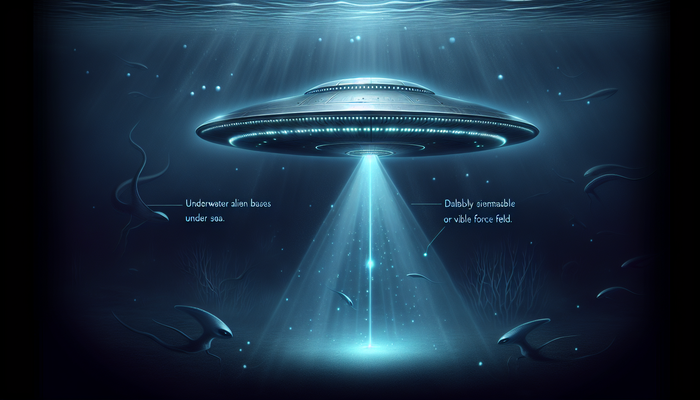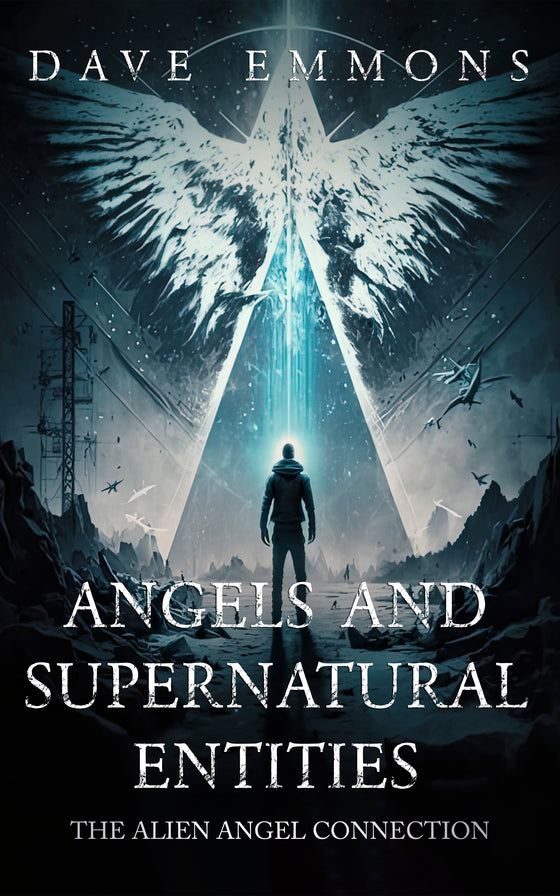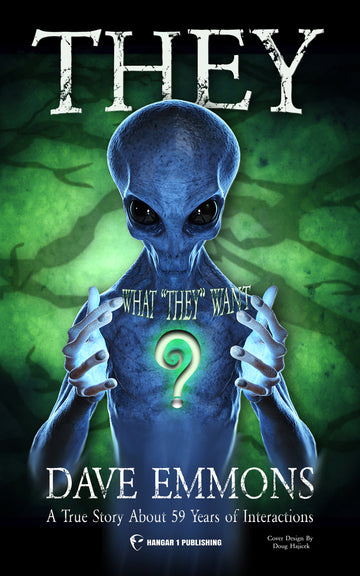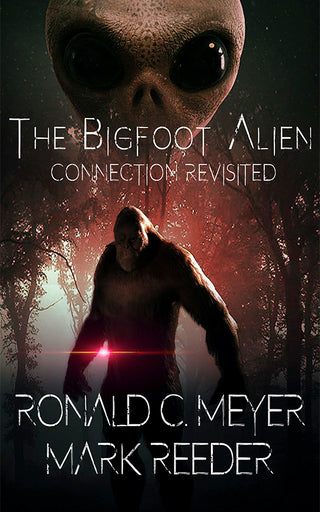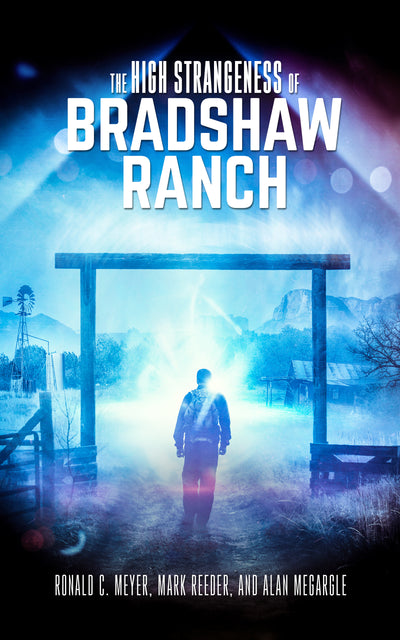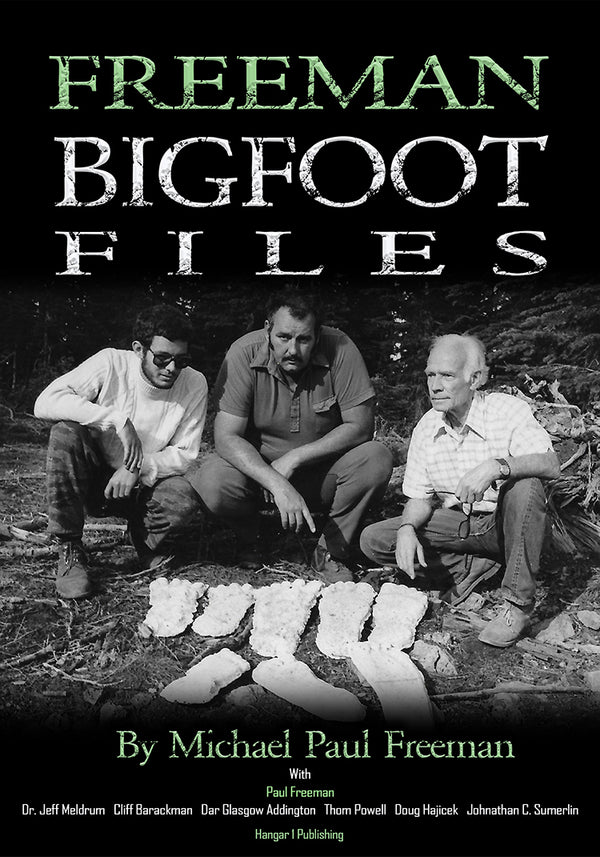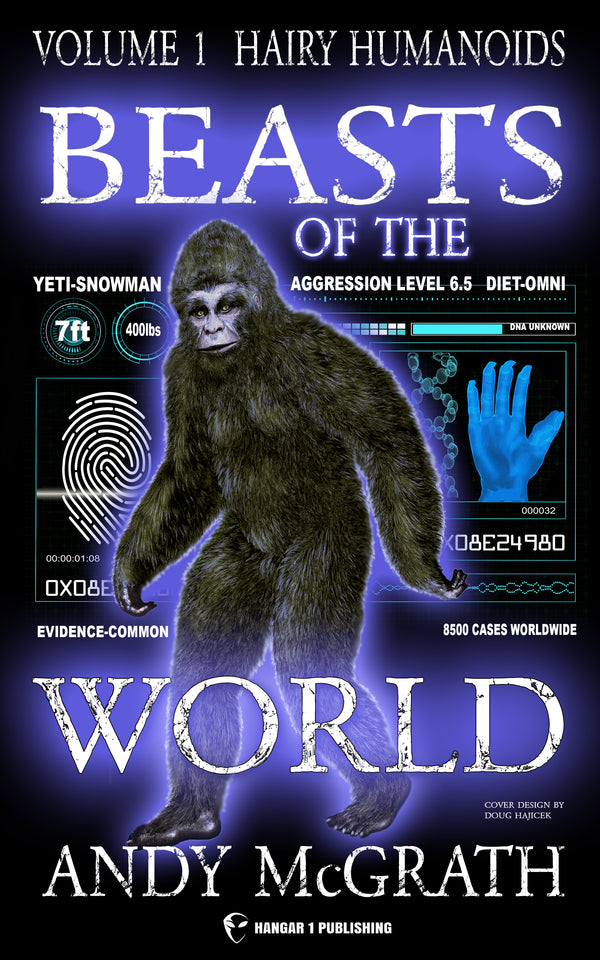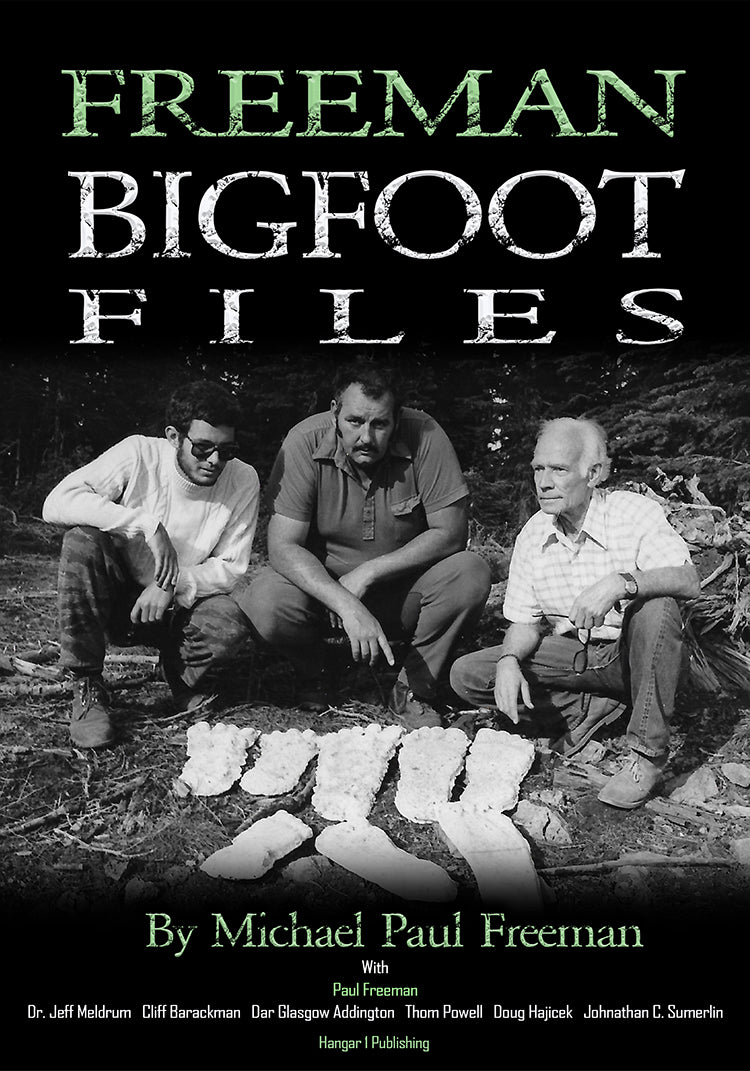Hessdalen Lights: 40 Years of Scientific Evidence from Norway's UFO Valley

By Gabriel Chen, Ufologist
When the Lights Won't Go Away
I've spent years documenting how different cultures interpret encounters with unexplained phenomena. From the spirit lights of indigenous Australian communities to the foo fighters reported by WWII pilots, each culture wraps the inexplicable in the language available to them. But there's one place where the interpretation has shifted from folklore to physics, from myth to measurement.
The Hessdalen valley in central Norway has been experiencing unexplained light phenomena since at least the 1800s. What makes this different from countless other "mystery light" locations around the world? The residents decided to stop just watching and start measuring.
Between December 1981 and mid-1984, something extraordinary happened. The lights, which had been occasional curiosities, suddenly appeared with stunning frequency. Residents reported as many as 15-20 sightings per week. The valley's roughly 200 inhabitants found themselves living in what would become one of the world's longest-running natural laboratories for studying unidentified aerial phenomena.
I visited Hessdalen in 2019, expecting another case study in how isolation and folklore create mystery. What I found was a sophisticated scientific operation that's been continuously monitoring the valley for over 40 years. The data they've collected challenges simple explanations, whether those explanations come from skeptics or believers.
From Folklore to Field Instruments
The surge in sightings during the early 1980s did something remarkable: it transformed casual observers into citizen scientists. In the summer of 1983, Project Hessdalen was born. These weren't government researchers or university teams (at least not initially). They were engineers, technicians, and interested amateurs who decided that if something was really happening, it should be documented properly.
The first major field investigation ran from January 21 to February 26, 1984. Armed with cameras, magnetometers, a marine radar system, and spectrum analyzers, the team documented 53 distinct anomalous light observations in just five weeks. These weren't blurry dots in grainy photographs. These were multi-sensor detections that confirmed the phenomena produced measurable physical effects.
After the 1984 peak, sighting frequency dropped dramatically. The lights didn't disappear, they just became less frequent. Today, the rate has stabilized to approximately 20 confirmed observations per year. That consistency matters. It means this isn't a mass hysteria event that burned itself out. Something keeps happening in that valley.
The Blue Box: A 24/7 Sentinel
In August 1998, Project Hessdalen installed something unprecedented: an automated measurement station that could watch the valley continuously. Nicknamed the "Blue Box" after the shipping container that houses it, this observatory sits on the mountainside, recording everything.
The system has evolved significantly. The current setup features two 4K cameras recording 24/7 at 25 frames per second, generating 90 gigabytes of data every single day. These are supplemented by high-sensitivity analog cameras that can detect incredibly faint light sources. The station also includes magnetometers, a radar system, weather monitoring equipment, and even an ADS-B flight tracker to rule out conventional aircraft.
Between 1998 and 2001, the automated system logged 1,134 automated detections. When researchers closely examined 148 of these pictures, 79 were classified as unknown lights that couldn't be explained by planes, satellites, meteors, or other conventional sources.
What the Sensors Actually Detect
Let's talk about what these instruments have actually recorded. Because this is where things get genuinely strange.
The Temporal Pattern: Winter Nights Have Answers
Analysis of the automated detection data revealed something immediately useful for anyone wanting to study these phenomena. The lights aren't random. They appear most frequently between 22:00 (10 PM) and 01:00 (1 AM) local time, with a strong preference for winter months, particularly December, January, and February. A full 72% of events occur during this three-hour window.
Think about what that means from a research perspective. If you're planning an observation campaign and you have limited resources, you can focus your efforts on a predictable timeframe and increase your chances of capturing data by a factor of three.
Power Output That Defies Easy Explanation
Photometric analysis of one event estimated the luminous power at up to 100 kilowatts, with an average of 19 kW. That's more than ten times the output of a typical helicopter searchlight. And these lights can sustain this output for extended periods, sometimes over an hour.
Here's what makes that particularly puzzling: as the lights expand in size, their color temperature often remains constant. In conventional plasma physics, you'd expect an expanding plasma to cool and shift color as it grows. But the Hessdalen lights don't always follow that pattern. Sometimes the apparent growth isn't expansion at all, but the sudden appearance of multiple smaller lights clustering together.
The Radar Puzzle: What You See Isn't Always What Reflects
During the 1984 campaign, researchers used a marine radar operating at 9.45 GHz. The system tracked one bright light moving at 8.5 kilometers per second, which translates to roughly 19,000 miles per hour. But here's the strange part: the radar often detected targets when nothing was visible to observers. In one case, a visually observed light appeared on the radar screen only on every second sweep of the antenna.
Later campaigns using different radar frequencies found the same mismatch. The EMBLA 2002 mission used a 439.3 MHz pulsed radar that recorded transient tracks, but most of these had no visual counterpart. Many visual sightings produced no radar echo at all.
What does that tell us? Either some of these phenomena have extremely low radar cross-sections (like diffuse plasma), or they're non-luminous. Or we're dealing with more than one type of phenomenon.
Magnetic and Radio Frequency Disturbances
The lights aren't just optical phenomena. During the 1984 campaign, researchers first recorded a correlation between luminous events and magnetic field perturbations ranging from 0.5 to 10 nanotesla. The current automated station continuously monitors the magnetic field and records these pulsations when they occur.
Even stranger, the EMBLA 2000 mission detected highly anomalous signals in the Very Low Frequency (VLF) range between 1-14 kHz. These signals exhibited what researchers described as a Doppler-like morphology, with slopes indicating rapid changes in velocity. The truly weird part? These VLF signals were recorded when no lights were visible at all.
Spectroscopy: Trying to Read the Light's Fingerprint
When you pass light through a prism or diffraction grating, you can see its component colors and identify what elements are emitting that light. Every atom has a unique spectral signature. So if these are natural atmospheric phenomena, spectroscopy should tell us what they're made of.
Low-resolution spectra from multiple observations show a broad continuum with three distinct peaks at approximately 4500 Å (blue-green), 5750 Å (yellow-orange), and 6600 Å (red). But the resolution wasn't high enough to determine whether these are blended spectral lines from many elements or something else entirely.
A breakthrough came during the 2007 Science Camp when researchers captured a clear optical spectrum. Analysis revealed specific emission lines of elements you'd expect to find in atmospheric phenomena: oxygen, nitrogen, and sodium. Some analysis also suspected the presence of silicon.
But here's where it gets tricky. The spectrum shows both a plasma-like component (those atomic emission lines) and a structured continuum that could resemble artificial lighting or something more exotic. High-resolution spectroscopy with better equipment could definitively answer this question, but that equipment hasn't been deployed yet.
The Case That Still Haunts Me
Of all the data I reviewed, one event from 1984 stands out. It's the kind of observation that, if replicated, would fundamentally challenge purely natural explanations.
During the 1984 field campaign, observers targeted a blinking light with a low-power Helium-Neon laser (0.4-0.76 mW at 633 nm wavelength). The light was flashing at a regular interval. When the laser beam hit it, the light reportedly changed its behavior, switching to a regular double-flashing pattern. When the laser moved away, it reverted to the original single-flash rate.
An hour later, they tried it with a different light. Same result.
I'm cautious about single anecdotal reports, even from trained observers. But this wasn't anecdotal in the usual sense. It was documented during a formal scientific campaign with multiple witnesses. And if accurate, it suggests something that can sense external stimuli and respond to them in a structured way.
That experiment has never been formally replicated with modern high-speed sensors. It's just sitting there in the data, unexplained.
Competing Explanations: Natural, Exotic, or Both?
When I talk to researchers and locals in Hessdalen, I hear different theories depending on who's speaking. The scientific community has proposed several models, each explaining some observations but struggling with others.
The Dusty Plasma Hypothesis
One of the leading natural explanations suggests the lights are formed by dusty plasma, possibly organized into something called Coulomb crystals within a charged dust cloud. The proposed trigger is radon gas decay in the valley, which would ionize air and dust particles, creating the necessary conditions for luminous plasma formation.
This model has some supporting evidence. Ground samples from a radioactive hotspot in the valley (measuring 20 µrad/hour versus a background of 4-9 µrad/hour) revealed zirconium silicate, a likely source of radioactivity. The soil is also rich in quartz, about 60% by composition, which is piezoelectric and could contribute electrical effects.
But this model struggles to explain the geometric shapes some witnesses report, the extreme velocities recorded by radar, the apparently structured behavior like response to laser illumination, and the solid-like appearance of the lights in photometric analysis.
The Piezoelectric/Tectonic Strain Model
Another natural explanation draws parallels to earthquake lights. The idea is that tectonic stress on the valley's quartz-rich rocks generates strong piezoelectric fields, causing electrical discharges in the atmosphere.
The geology supports this to some extent. Hessdalen sits in a tectonically relevant area, and all that quartz could theoretically act as a massive piezoelectric generator under the right conditions.
But there's a problem: the seismicity in Hessdalen is very weak. There have been no earthquakes above magnitude 2.5 recorded in the valley since 2000. It's hard to argue for tectonic stress as a primary driver when there's so little seismic evidence.
The Structured Object Hypothesis
Then there's the explanation that keeps some researchers up at night and makes others dismiss the entire phenomenon: the possibility that at least some of these observations represent something artificial, potentially non-human.
I've spent my career studying how humans interpret anomalous experiences through cultural lenses. I'm usually the person arguing for psychological and sociological explanations. But some of the Hessdalen data points are genuinely difficult to square with known natural phenomena:
- The laser interaction suggests responsiveness to external stimuli
- About 5% of sightings involve distinct geometric shapes (triangular, rectangular) that no ball lightning or plasma model can explain
- Radar-tracked speeds of 8.5 km/s and trajectories where lights appear to dematerialize and reappear up to a kilometer away
- The flat-topped brightness profile that's more consistent with a uniformly illuminated solid object than diffuse plasma
I'm not saying it's aliens. I'm saying the data doesn't fit neatly into our current understanding of atmospheric physics. And that's actually more interesting than any simple answer would be.
The Human Impact: Tourism, Science, and Community
What fascinates me most about Hessdalen isn't just the lights themselves, it's how the phenomenon has shaped the community and created something genuinely unique in the UAP research world.
The UFO Economy
The Hessdalen Lights have become an economic driver for Holtålen municipality. There's now a dedicated "UFO-cabin" for tourists wanting to experience the phenomena themselves. The municipality is planning a "UFO-bygninga" (UFO building) and expanding parking at the primary observation point to accommodate visitors.
The phenomenon receives an estimated 11 million internet hits annually. International media crews regularly visit. A major American TV channel is planning an episode about Hessdalen for late 2025.
This creates both opportunities and challenges. Tourism brings money to a rural area with a declining population (now down to about 150 residents). But it also increases light pollution from car headlights, creating false positives in the automated detection system.
Citizen Science at Its Best
Project Hessdalen has evolved into something rare: a sophisticated citizen-science organization managing massive data archives (that 90 GB daily inflow) and making it publicly accessible. The project holds monthly meetings and maintains an active Discord server. In 2024, over 50 volunteers from 11 countries attended the conference.
The Science Camp initiative, started in 2002, brings students directly into the research process. Kids don't just learn about science, they do science, collecting and analyzing real data from an ongoing mystery.
In 2023, the project raised 50,000 Norwegian kroner (about $4,500 USD) through crowdfunding to purchase three 4K cameras and a powerful computer. That's not a huge budget by academic research standards, but it shows what committed community support can accomplish.
Yet there's a credibility gap. A 2024 research grant application with the Norwegian University of Science and Technology (NTNU) was rejected, citing a lack of research-grade instrumentation. The project operates in a challenging space: too sophisticated for amateurs, too unconventional for mainstream academics.
What Happens Next?
I've documented contact narratives across dozens of cultures. Usually, the story is about interpretation, about how communities make sense of ambiguous experiences through the frameworks available to them. Hessdalen is different. The phenomena here have been measured, tracked, and documented with increasing sophistication for four decades.
The data raises more questions than it answers. That's not a failure, that's good science.
A proposed integrated observation campaign for 2025-2027 would deploy high-resolution spectrographs, multi-static radar arrays, short-wave infrared cameras, and precisely synchronized sensor networks. The estimated budget is around €450,000, which would provide the research-grade instrumentation needed to meet academic standards and potentially unlock larger funding sources.
The key would be capturing what researchers call a "golden dataset": a high-quality, time-synchronized, multi-modal recording of a single event. At least three high-resolution spectra. At least two unambiguous coincident detections across optical, radar, and magnetometer sensors. And ideally, a replication of that 1984 laser interaction with modern high-speed cameras recording every millisecond.
That kind of data would allow researchers to falsify competing hypotheses. If spectra consistently show features incompatible with plasma, or if kinematics demonstrate controlled, non-inertial maneuvers, natural plasma models fail. If all high-quality data proves consistent with known or novel plasma physics, more exotic explanations lose their foundation.
Why Hessdalen Matters Beyond Norway
I've spent years thinking about how humans respond to encounters with the unexplained. We tell stories. We create frameworks. We build belief systems around mystery.
Hessdalen represents something different. Here, the response to mystery has been to measure it, to watch it patiently, to build instruments and wait for it to reveal itself. The locals haven't just accepted the phenomenon, they've studied it. They've turned their valley into a natural laboratory and invited the world to examine their data.
That matters because it's a model for how we should approach other anomalous phenomena. Not with immediate belief or immediate dismissal, but with patient observation and rigorous documentation.
The lights still appear about 20 times a year, mostly in those winter nights between 10 PM and 1 AM. The Blue Box keeps recording. Volunteers keep analyzing data. Students keep coming to Science Camp.
We don't know what the Hessdalen Lights are. But we know they're real, they're measurable, and they're not going away. That's more than can be said for most mysteries.
Whatever is happening in that Norwegian valley, it's been patient enough to wait for us to develop the tools to understand it. The question is whether we're patient enough to do the work.
From Bigfoot to UFOs: Hangar 1 Publishing Has You Covered!
Explore Untold Stories: Venture into the world of UFOs, cryptids, Bigfoot, and beyond. Every story is a journey into the extraordinary.
Immersive Book Technology: Experience real videos, sights, and sounds within our books. Its not just reading; its an adventure.


